Even though I have been a resident of the city for long, I had never been to the Elephanta caves. I got the opportunity to visit this beautiful place when my friends’ proposed a visit to the island during out vacation.
Elephanta Caves are situated on an island named Gharapuri which is about 10km away from Mumbai. When the Portuguese came to India in 1534, they found a stone statue of an elephant on this island and named the caves – ElephantaCaves. The elephant statue is currently in Jijamata Udyan at Byculla. The caves which house several statues of God Shiva, were initially a place of worship before the Portuguese invasion and were declared to be a UNESCO World Heritage Site in 1987.
There are several ferry boats that take the visitors to the island throughout the day. We took a ferry from The Gateway of India. It takes about 40-50minutes to reach the island from the mainland.
As the boat leaves from Gateway, one can see the beautiful receding skyline of Mumbai with The Gateway and Taj Hotel prominently standing out with a fleet of small boats in front of them.
On the way, we saw many ships, some belonging to the navy but most of them were cargo ships. The huge ships came, quickly overtook us and disappeared along the horizon like a surreal dream. The constant companions that we had on our way were these pretty birds.
Soon enough, we neared the island. A small, conical green hill in the middle of the Arabian sea. The smell of salt water mingled with mangroves was refreshing and welcoming. As soon as the ferry boat reached the disembarking point, all 4 of us jumped out. There is a bridge that connects this point to the actual island. We walked along the bridge, chomping on slices of raw mangoes, jujube and Indian gooseberries that the local people sell on the way.
Knowing that there is no point staring at statues without knowing the history, we hired a guide. He told us that to reach the caves, we have to climb 120 steps. With the midday sun smiling gaily over our heads, we hushed and puffed all the way up. There were many stalls on the way up which sold pretty things made of stones, wood and cloth. Our old buddies since centuries, monkeys, also warmed the place with their presence.
Finally we reached the top of the mountain. Declared as an UNESCO world heritage site in 1987, the Elephanta Caves’ date back to the 4th-5th century. We met this lady at the top who insisted that we take her picture and that she’d pose for us. After clicking the picture, she gallantly asked for cash since we had taken her picture. 😛
While our guide was buying our entrance passes, we began exploring a little on our own. From the edge of the ticket booth, we got to see this breathtaking view of the sea and the bridge.
The Elephanta caves were discovered by the Portuguese in 1534 and were declared as a world heritage site in 1987. Since there are no written inscriptions in the caves, the archeologists have found it difficult to know which century the construction of the caves began and under the rule of which dynasty. It is believed that the construction was started around the 5th century by the Mauryas (known as the Kokan Mauryas) and went on for 1300 years. There are a few artifacts in the temple that date back to around 4th century as well.
The Elephanta caves consist of 7 caves out of which 3 are incomplete. The main cave has huge carvings of Lord Shiva depicting him in his various forms. The entire complex is built from volcanic rock, the basalt rock. The main cave has a total of 26 original pillars and 2 reconstructed pillars.
The carvings present all around the caves depict Lord Shiva in his various forms. In the picture below, the different forms that we see are
- Top Left: Natraja- The Cosmic Dancer
- Top Right: Shiva as Bhairava slaying the Andhaka
- Bottom Right: Shiva as Yogisvara, performing meditation on a lotus flower
- Bottom Left: Demon King Raavana trying to lift Kailash, the home of Lord Shiva, along with Shiva to take it to Lanka with him.
The carvings have lost several of their parts like hands, legs, in some cases, face because of the Portuguese vandalism. Their troops used these carvings for target practice. There are a few places where one can see the bullets still lodged inside the stone.
The following picture shows the holy shrine that houses the Shivling. The entrance is flanked by 2 lion stone sculptures.
The main cave also has the main attraction of the caves, the Trimurti. This carving shows 3 heads which are believed to represent the 3 essential aspects of Shiva- Creation, protection and destruction. The right half shows a young face holding a rosebud, a sign of life and creativity closely resembling Brahma- the God of Creation. The left half depicting an angry man is said to be the Aghora or Bhairava form of Shiva also known as Rudra-Shiva- the God of destruction. The face in the centre shows a calm, meditative face like that of Vishnu- the God of Protection and order.
The reason why this statue has remained intact is because there was a door in front of this statue and hence the Portuguese were unaware about the existence of this beautiful carving behind that door which was cleverly disguised to look like a wall.
The caves also have carvings showing the marriage between Shiva and Parvati, a form of Adi-shakti. The picture shows 2 carvings, one of it showing the marriage in progress and the other one is post marriage. If you look closely, the position of Parvati has shifted, symbolizing the marriage between the two of them.
Ardhanari-nateshwara, is a sculpture of Shiva and Shakti depicting them as a single entity. Half of the carving, the right side, shows Shiva with his long hair, crescent moon over his head whereas the left side shows Shakti with tied hair, ornaments and female clothing.
Up ahead of the main cave, lay 3 unfinished caves. People believe that these caves have remained incomplete because of the arrival of Portuguese which led to cessation of work being done in these caves. This picture shows 2 of the 3 unfinished caves.
We were totally drenched in sweat by the time we finished seeing the entire place but were very pleased mentally. Loaded with huge helpings of knowledge about history, our stomachs began to grumble for being ignored for such a long time and so we headed back to the ferry embarking point to feed ourselves yummy treats at Colaba Causeway. But before we left, we had a very special surprise that came to bid us farewell.
Elephanta is a lovely, serene place to visit for the ones who are interested in history, mythology and architecture. Even though it takes up almost half a day, one should not miss this pretty place surrounded with black rocks silently whispering an ancient tale in your ears. All you have to do is listen carefully. 🙂

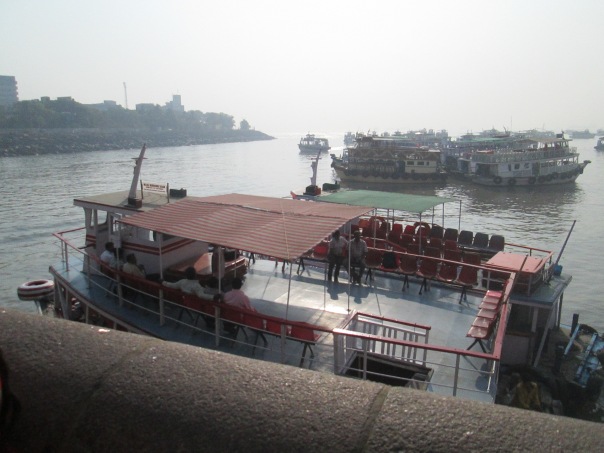
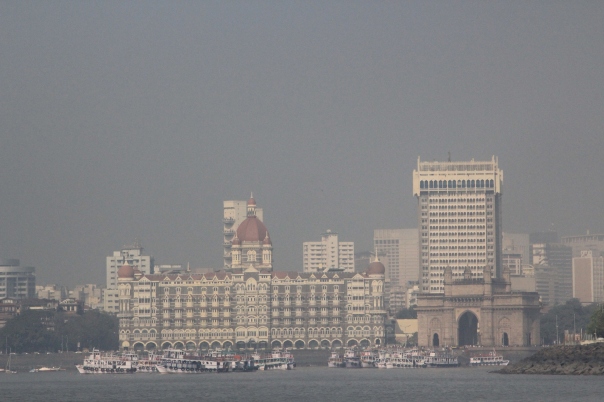
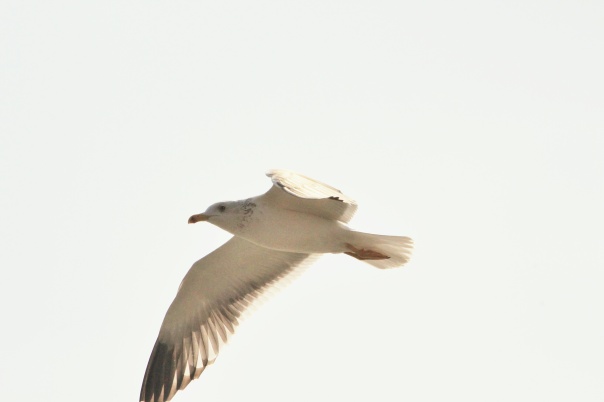
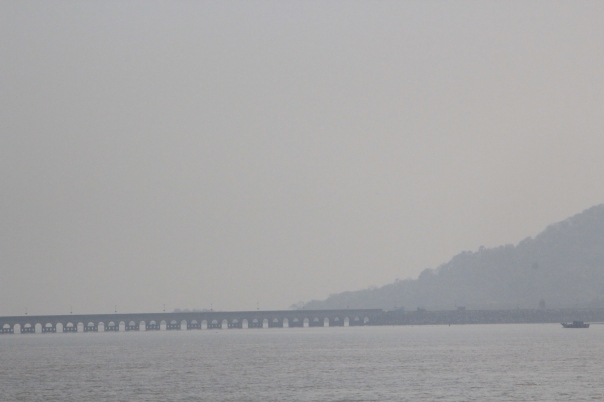
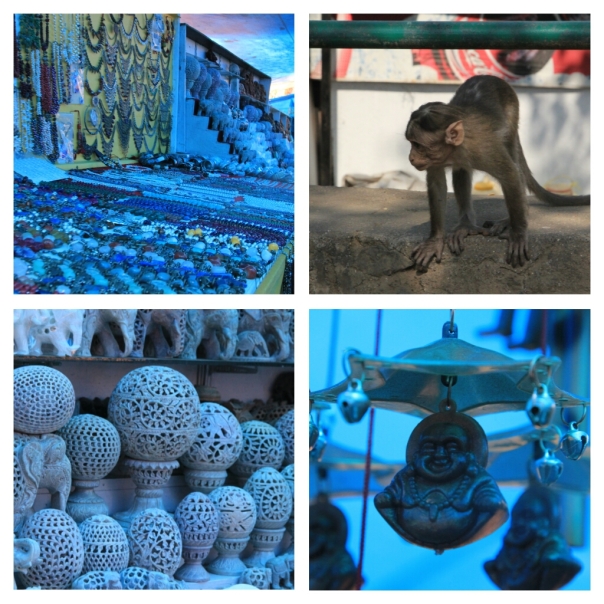
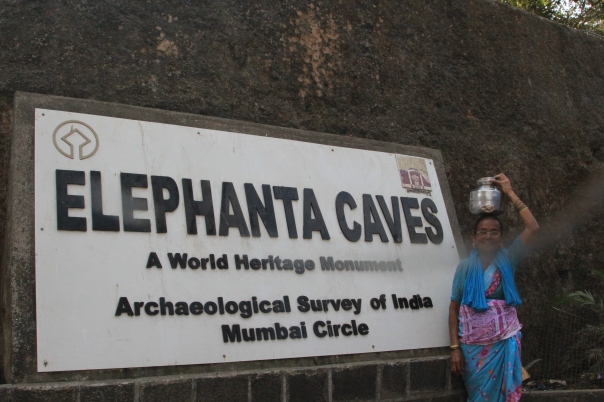
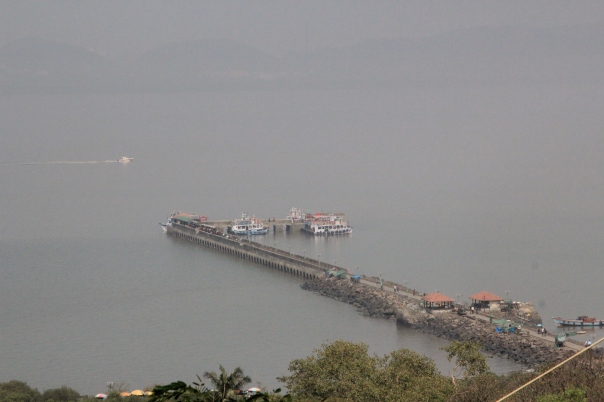
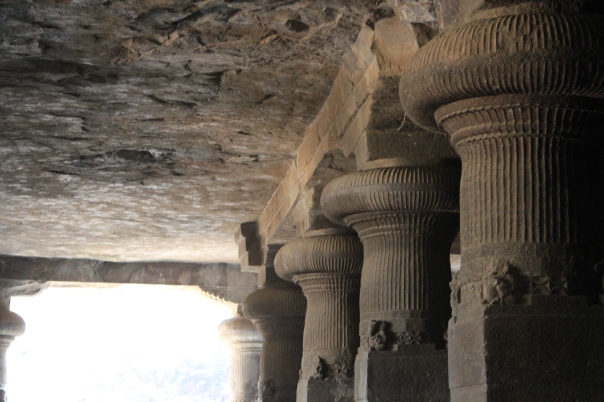
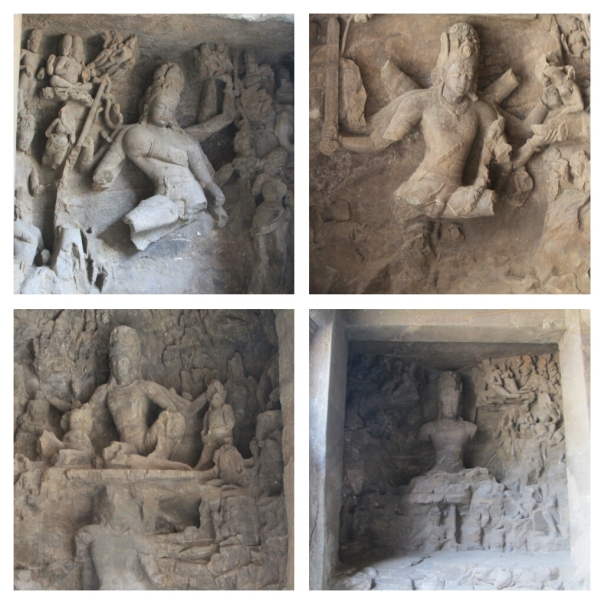
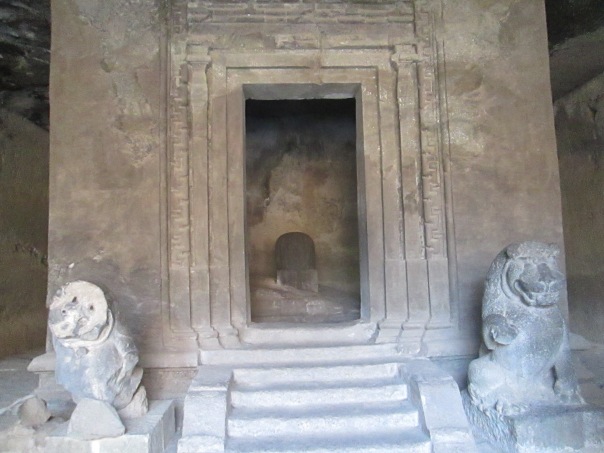
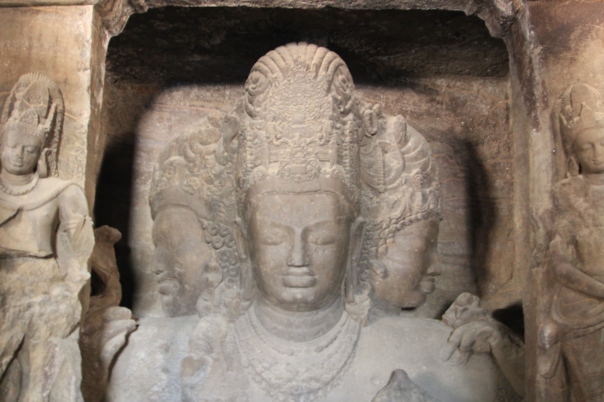
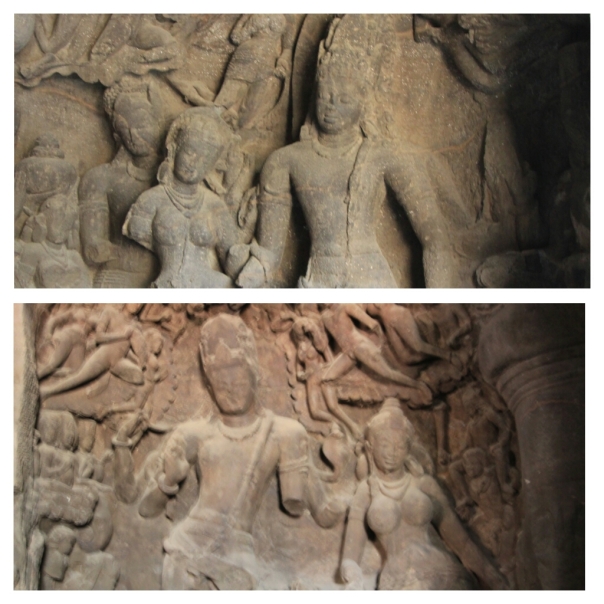
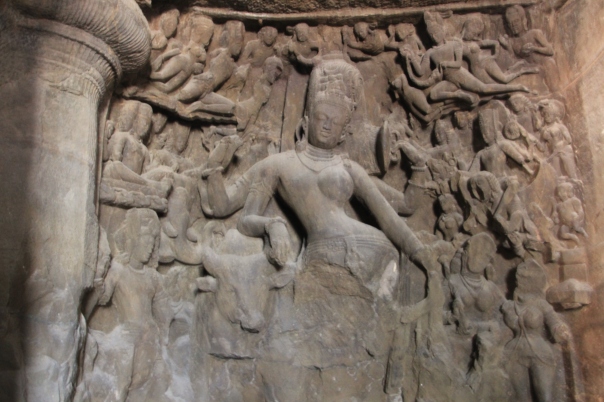

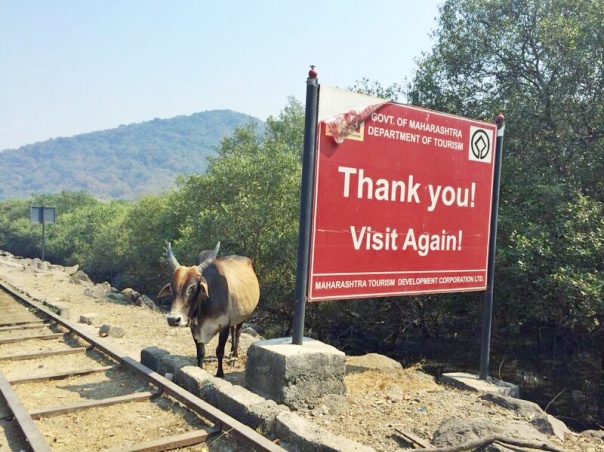
Great pics, nostalgic feelings.
thanks a lot! 🙂